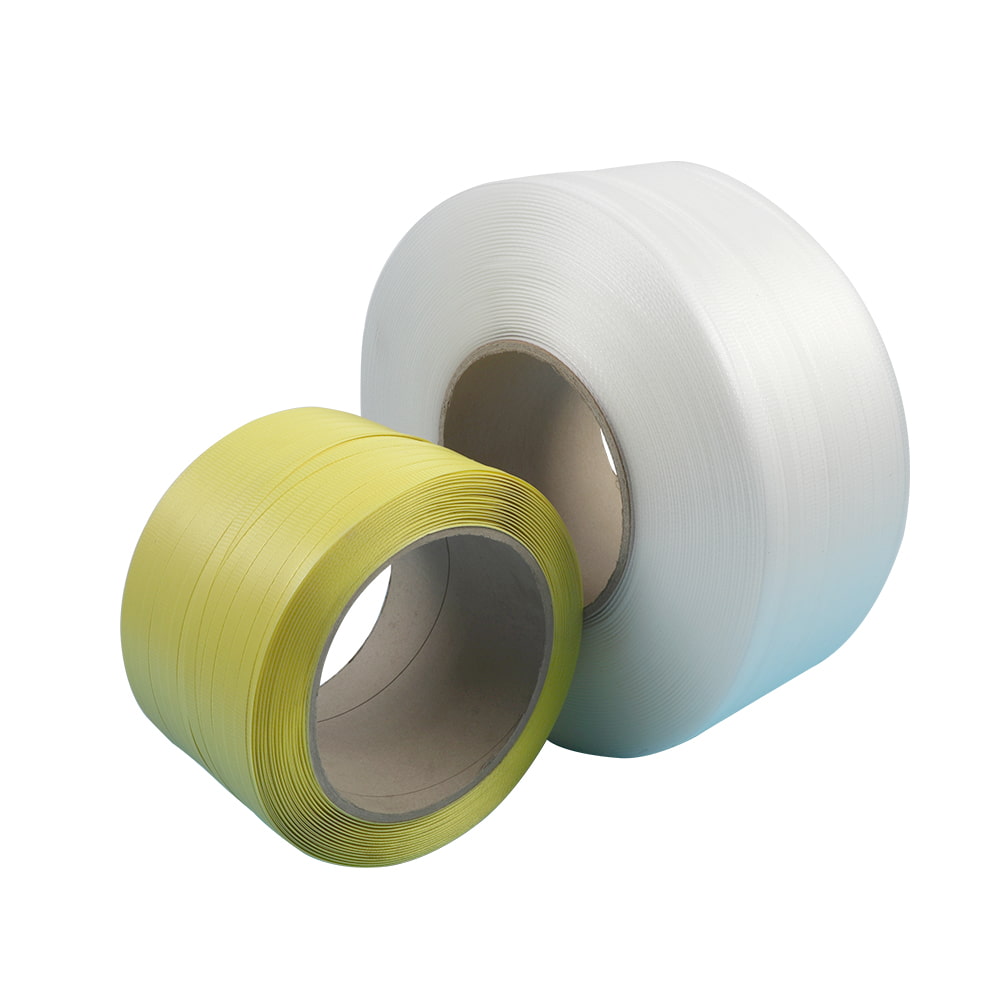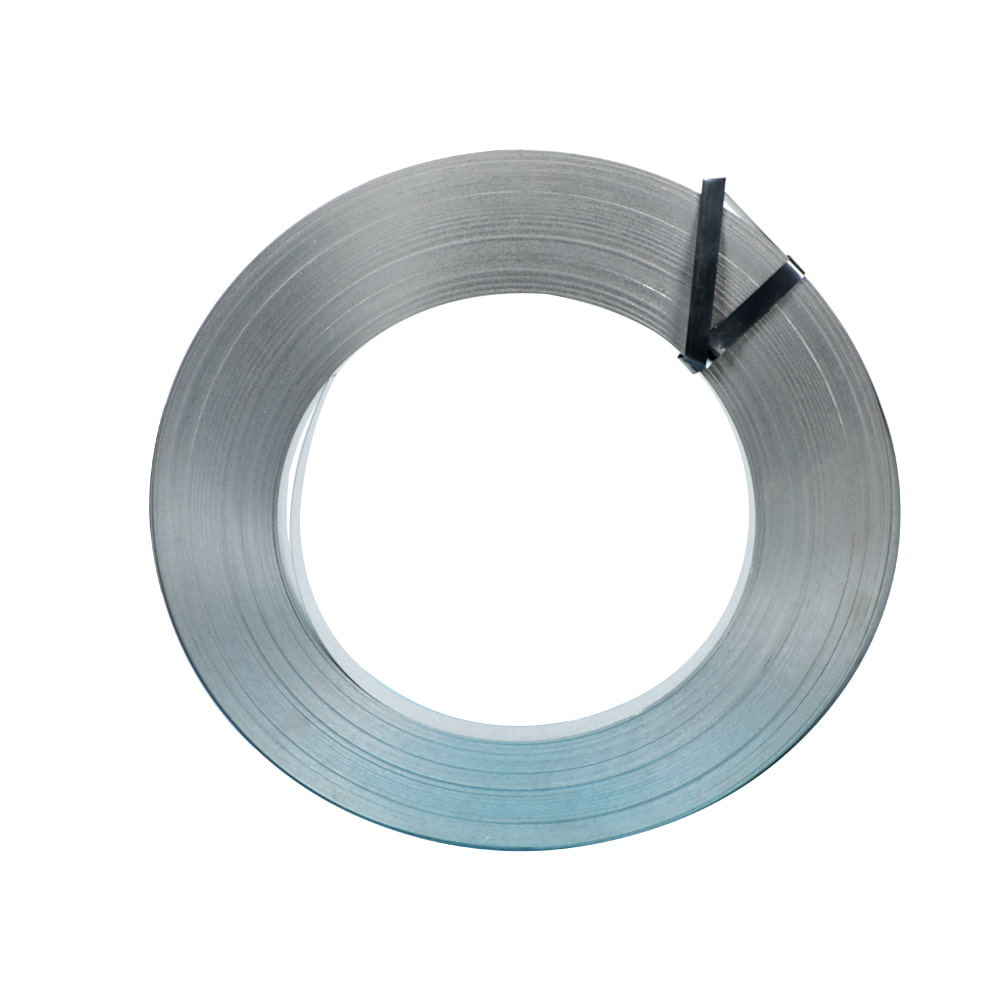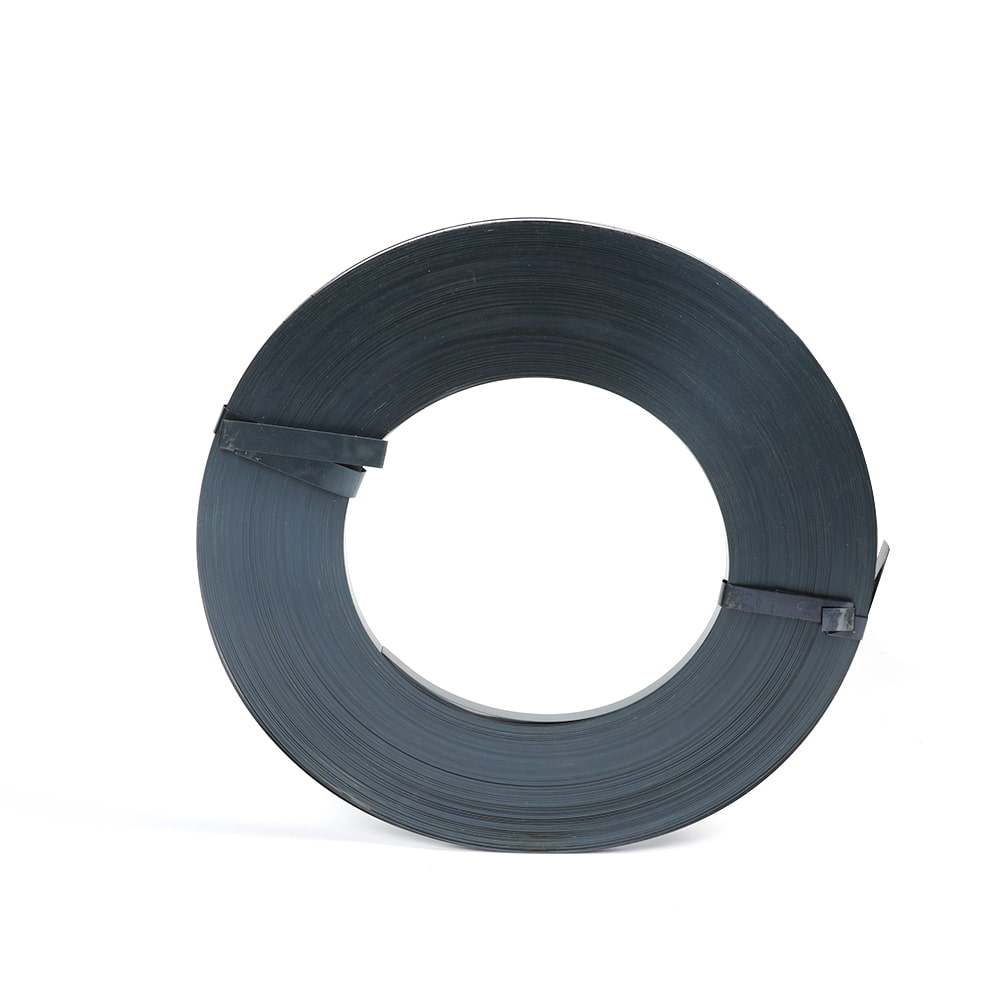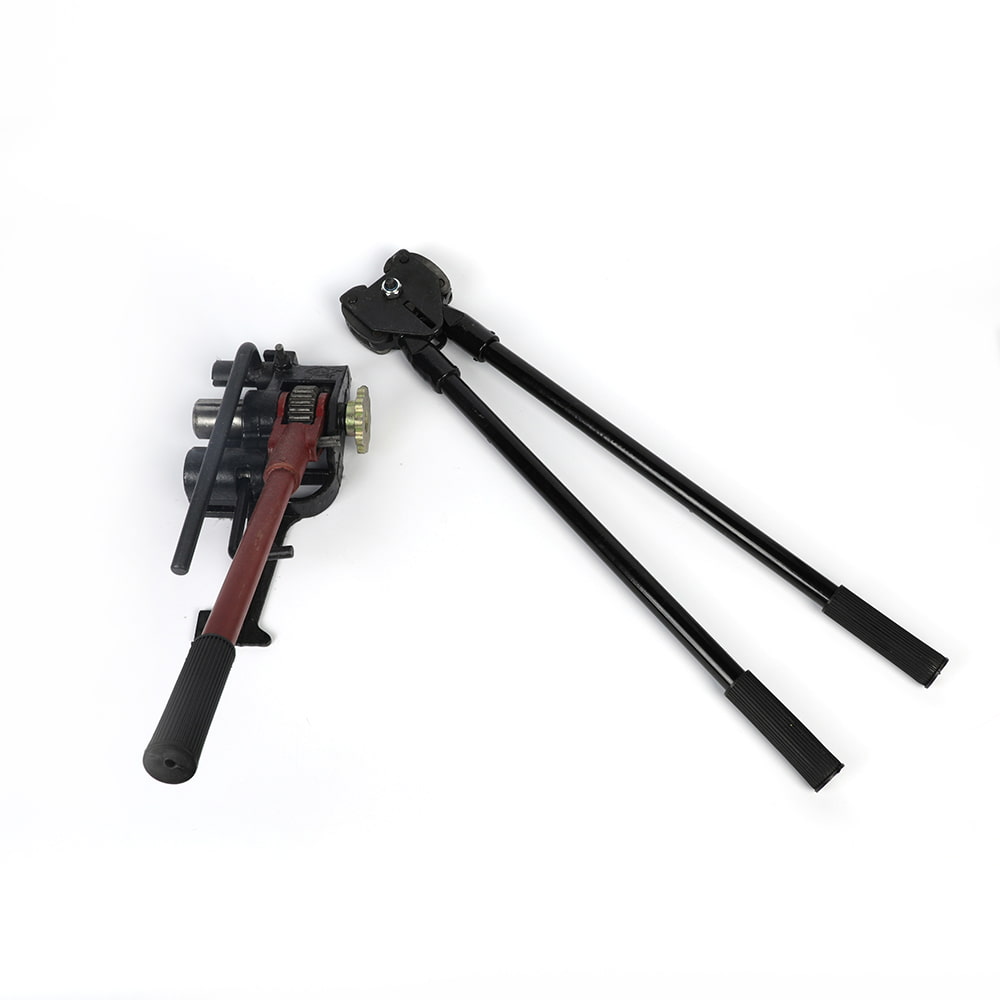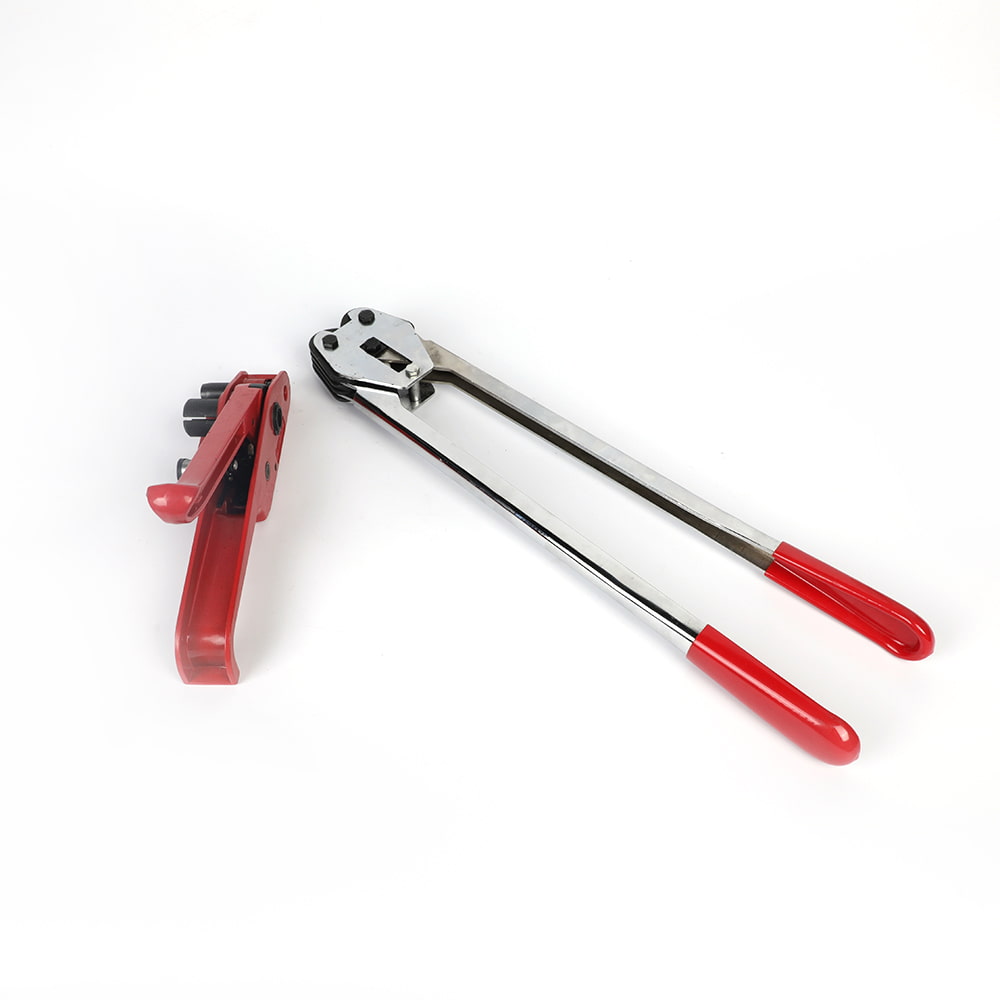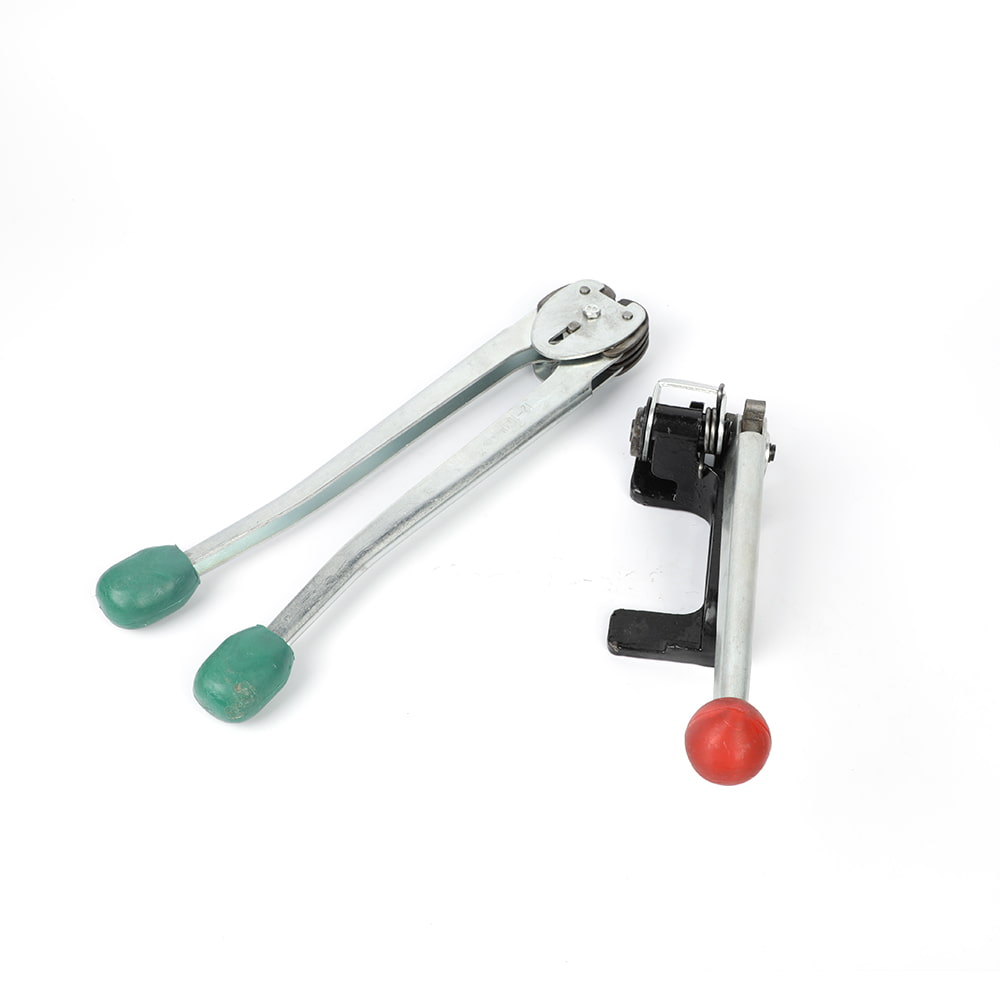What benefits does a Steel Strapping Machine offer?
In the demanding world of logistics, manufacturing, and heavy goods shipping, securing loads effectively is paramount. Steel strapping remains a gold standard for bundling, unitizing, and palletizing heavy or high-value items. While manual application exists, steel strapping machines offer significant, tangible advantages that elevate performance, safety, and the bottom line. Here's a look at the key benefits they deliver:
-
Unmatched Strength and Load Security:
- Steel strapping provides superior tensile strength and minimal stretch compared to plastic alternatives, making it ideal for securing extremely heavy loads (like steel coils, construction materials, lumber, heavy machinery parts) or goods susceptible to shifting during transit.
- Strapping machines apply consistent, high tension, creating a tight, secure seal around the load. This significantly reduces the risk of load shifting, product damage, and potential accidents during handling, transportation, and storage. The resulting integrity minimizes costly claims and protects valuable cargo.
-
Significant Efficiency Gains and Productivity Boost:
- Manually applying steel strapping is labor-intensive, slow, and physically demanding. Machines automate the tensioning and sealing processes.
- Automated operation drastically speeds up the strapping cycle. What might take minutes manually can be achieved in seconds with a machine, leading to substantially higher throughput on packaging lines.
- Consistent machine operation allows for predictable packaging times, improving workflow planning and overall productivity without requiring increased labor.
-
Enhanced Operator Safety:
- Manual steel strapping poses inherent risks: recoil during tensioning, potential for cuts from sharp strap edges, and repetitive strain injuries from the physical effort involved.
- Machines handle the high-tension application and sealing within a controlled mechanism, significantly reducing operator exposure to these hazards. This creates a safer working environment and lowers the potential for workplace injuries.
-
Improved Consistency and Reliability:
- Human operators, due to fatigue or variation in technique, can apply inconsistent tension or create suboptimal seals. Machines eliminate this variability.
- Each strap applied by a machine has precisely controlled tension and a consistently formed, reliable seal (friction weld or seal/clamp). This uniformity ensures every load meets the same high-security standard, reducing the chance of failures during transit.
-
Reduced Material Waste and Operational Costs:
- Precise tension control means only the necessary amount of strap is used, minimizing waste compared to manual methods where over-tensioning or excessive strap length is common.
- Reduced physical strain on workers lowers the risk of associated health costs and potential absenteeism.
- While an upfront investment, the combination of faster operation, reduced labor requirements per unit, lower material waste, and decreased damage claims leads to a compelling return on investment (ROI) and lower overall cost-per-strap application.
-
Versatility Across Applications:
- Modern steel strapping machines come in various configurations (semi-automatic, automatic, horizontal, vertical) suitable for diverse needs.
- They can effectively secure a wide range of loads – from pallets of bricks or bags of aggregate to rolled steel, pipes, timber bundles, and large appliances. This versatility makes them valuable assets across industries like metalworking, construction, lumber, heavy manufacturing, and distribution.

 EN
EN 
 English
English 中文简体
中文简体


